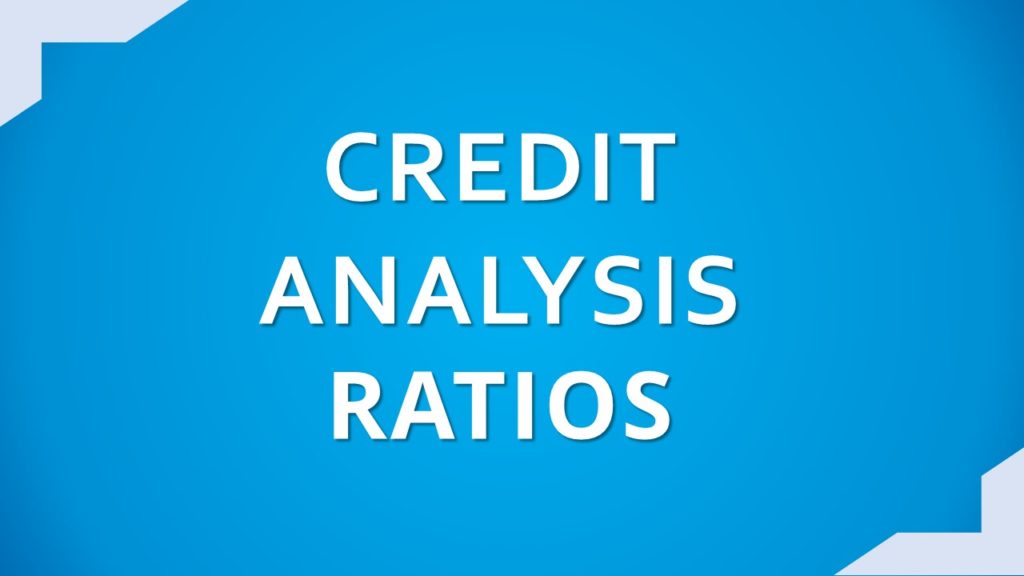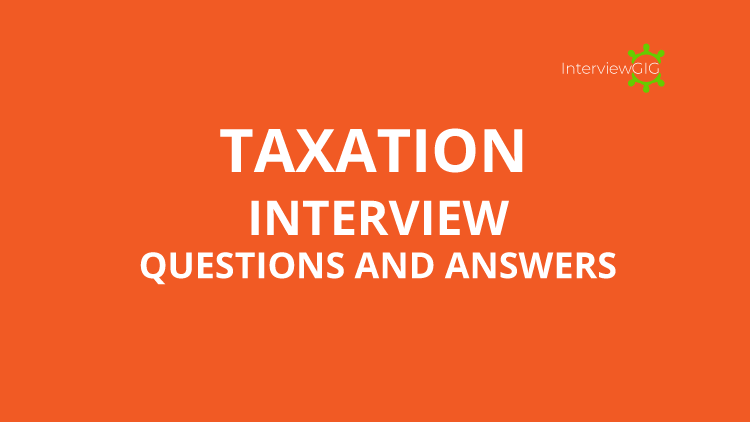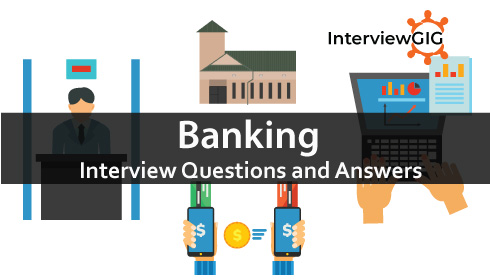AP -Accounts Payable AR -Accounts Receivable GL -General Ledger PO -Purchase Order IR -Invoice Receipt GR -Goods Receipt BS -Balance Sheet RHC -Reduced Hours Compensation WC – Winter Compensation WCC – Winter Compensation contribution IFA – Institute of Finance & Accounts. CFS -Cash Flow Statement LC -Letter of Credit DAP -documents Against Payments DA -document against acceptance OCR -Optical Character Recognition VAT -Value-Added Tax GST -Goods and Services Tax FBT -Fringe Benefit Tax COGS -Cost of Goods Sold GSP -Generalized System of Preference GRN -Goods Receipt Notes POD – Proof of Order ECGC -Export Credit Guarantee Corporation EFT -Electronic Fund Transfer ASN -Advance shipment Note GPM -General Purchase Manager. GAAP -Generally Accepted Accounting Principles RGA -Return Goods Authorization GPM -Gross Processing Manager RTV -Return to vendor SOX -Sarbanes Oxley Act.
Accounts Payable (AP) is a short-term liability of an organization. It is also referred to as the department that handles vendor invoices or bills and records the short-term debt in the general ledger (GL). Account payable is defined in Webster’s New Universal Unabridged Dictionary as: Account Payable, a liability to a creditor, carried on open account, usually for purchases of goods and services. Some examples of Accounts Payable are:
Accounts receivable is a current asset account that keeps track of money that third parties owe to you. Again, these third parties can be banks, companies, or even people who borrowed money from you. A common example of accounts receivable is interest receivable that individuals usually get from making investments or putting money into an interest-bearing savings account.
A liability is an existing debt or obligation of a company. It is an amount owed to a third‐party creditor that requires something of value, usually cash, to be transferred to the creditor to settle the debt. Liability = Asset – Owners equity. In White v Green, Justice Robinson of the Supreme Court of Iowa wrote: “Liability, in the legal sense, is the state or condition of one who is under obligation to do at once or at some future time something which may be enforced by action. It may exist without the right of immediate enforcement.” International Financial Reporting Standards (IFRS) Framework definition: “A liability is a present obligation of the enterprise arising from past events, the settlement of which is expected to result in an outflow from the enterprise of resources embodying economic benefits.” Some examples of Liabilities:
Current liabilities, also known as short-term liabilities. Current liabilities are debts that are due within twelve months or the yearly portion of a long-term debt. Some examples of Current Liabilities:
Non-current liabilities, also known as Long-term liabilities. Any financial obligation that takes more than a year to pay back, such as a business loan or mortgage. Some examples of Non-current Liabilities:
These are liabilities that may or may not arise, depending on a certain event. Or A contingent liability is a liability that may or may not happen. This means there is uncertainty about recording such a liability in the financial accounts. This is because the happening or not happening of a contingent liability is not in the hand of us. Some examples of contingent liabilities are:
An asset as something your company owns that can provide future economic benefits. Assets are part of the accounting equation and the balance sheet, both of which are presented in this format: Total Assets = Total Liabilities + Equity (Equity means a company’s net worth) Some examples of assets are:
Current assets: these types of assets can be readily converted into cash or its equivalent resources. Examples: Cash, Cash equivalents, Short-term deposits, Accounts receivables, Inventory, stock Marketable securities etc. Fixed assets: These types of assets are not easy to convert into cash or its equivalent kind. Examples: land, machinery, equipment, building, patents, trademarks, etc. Tangible Assets: assets with a physical existence are categorised as tangible assets Examples: Land, Machinery, Equipment, Building, Cash, Office supplies Inventory, Marketable securities etc. Intangible Assets: these assets are economic resources that have no physical presence. Examples: market goodwill, brand, copyrights, corporate intellectual property, patents, permits, trade secrets, licences etc. Operating Assets: these assets that are required in the daily operation of a business. Examples: Cash, Machinery, Equipment, Building, Inventory, Accounts receivable, Patents, good will, copyrights etc. Non-operating Assets: these assets that are not required for daily business operations but can still generate revenue. Examples: short-term investments, marketable securities, vacant land, income generated through fixed deposits etc.
When company accountants draw up forms, assets are compiled and listed in the balance sheet along with liabilities and equity.
Assets are often grouped based on their liquidity or how quickly the asset can be turned into cash. The most liquid asset on your balance sheet is cash since it can be used immediately to pay a liability.
According to the general accounting principles, all businesses are supposed to clear accounts payable by the due date as it is their current liabilities. If any business is unable to pay the amount in the short term due to some financial issues, they can talk to their vendor and inform them about the delay in payment. If you have a good relationship with your vendor, they might agree to make the due amount as long-term notes. Some vendors ask for interest payments for all delayed payments.
Accounts Payable cycle is also known as Procure to Pay(P2P) cycle is a series of processes which involves the purchase and payments department of the company and carry all necessary activities from placing an order to suppliers, purchasing goods and making final payments to the suppliers. Accounts Payable Cycle includes:
The Accounts Payable cycle is a process that a company uses to track and manage the money it owes to its vendors or suppliers for the goods or services they provided. The process starts with a purchase order, which is created when the company decides to buy something from a vendor. Once the vendor delivers the goods or services, the company receives them and verifies their quality. The vendor then sends an invoice to the company for payment. The company reviews the invoice for accuracy and enters it into its accounting system. Payment is scheduled according to the payment terms, and the company pays the vendor through various methods such as electronic transfers or checks. The accounts payable department reconciles the payments made with the invoices received to ensure accuracy and prevent any discrepancies. They also produce an aging report that lists all the outstanding invoices and their due dates. By following these steps, the company can ensure that it pays its vendors on time and maintains good relationships with them. (or) The accounts payable cycle involves the process of tracking and managing the money that a company owes to its vendors or suppliers. Here are the basic steps of the accounts payable cycle:
Invoice is commercial document issued by vendor to the account payable team of the buyer demanding payment for the goods services delivered Invoice Details: invoice date, Invoice number etc.
Some important invoices are Accounts payable
In a consignment process, it encompasses the sending of goods from a consignor to a consignee. The person who ships the goods is the consignor (exporter), while the receiver is the consignee (importer).
Consignor (Consignor is the owner of the goods) is a person or a company who consigns the goods. The consignor also can be a seller who sells the goods in domestic market. If a consignment is moved to a foreign country, the consignor acts as an exporter or shipper. A consignee is a person or company to whom goods is to be delivered to. Most of the cases consignee is the buyer of the goods. The stakeholders in the transportation process are the consignee, consignor and carrier.
Accounts payable is the recording and processing of financial transactions relating to procurement and suppliers. The opportunities are varied, with a wide range of roles available: Accounts Payable Analyst: this role is generally found in an office or a company where payments are received and require to be managed, submitted, reviewed and written for the maintenance of full and binary volumed account records. Accounts payable manager: This role is coordinate the team to ensure invoices are processed accurately and efficiently. Data entry analyst: This role is updating the system as invoices are received. Exceptions analyst: this role is address disputes and payment failure issues. Payments processing analyst: This role is performing the daily payment of invoices. Vendor maintenance analyst: this role is maintaining an accurate supplier database.
An accounts payable audit (In simple words “inception”) is just a formal, well-organized, and thorough inspection of a business’ accounts payable records. It can be done by either internal or third-party auditors. Auditing is required in all countries, but the rules for when the audit is required change from country to country. Governments usually require that businesses get audited as soon as they cross a certain revenue threshold.
Two-way match: It is used to compare the invoice received from vendor with the purchase order. Three-way match: It is used to match the details purchase order (PO), Goods receipt (GR), and invoice document received from vendor. In Three way match the Quantity & Price is matched between PO, GR & Invoice received.
Account Payable Turnover Ratio = Net Credit Purchases/ Average Accounts Payable
An accrual is an expense or revenue incurred in a period for which no invoice or payment changed hands by the end of that period
It is a tabular representation of all the bills and invoices along with their respective ages, i.e. the date on which these become due.
GSRT 9 stand for Goods and Service Tax Return 9 It is an annual or yearly return form that should be filed by GST registered taxpayers.
Working capital is also knowns as net working capital. It is the difference between all the current assets and current liabilities of the company. Formula: Working Capital = Current Assets- Current Liabilities
It is debt that is not likely to be settled either due to failure in repayment by the borrower or due to no action to recover the debt from the collector.
It is a financial statement that summarizes the amount of cash and cash equivalents entering and leaving a company.
. 4-way match = PO + Receipt + Invoice + Inspection
Accounts payable accruals, a particular kind of expense, require special attention when readying financial statements for yearend (i.e., the end of the fiscal year) and other accounting periods.
Interest on capital is where the extra you receive on the total amount you invest in a business.
Need to consider below points before making payment to vendor/supplier.
TDS stands for Tax Deducted at Source. It is a concept aimed at collecting tax at every source of income. In a balance sheet, it is shown in the assets section, right after the head current asset.
It signifies that a company may pay more tax in the future due to current transactions.
Subsequent Debits/Credits are used in cases where the quantity is in the original invoice is to remain the same.
Some most used Accounts Payable software’s are:
Some Important Abbreviations for Accounts Payable:
What is Accounts Payable?
What do you know about Accounts Receivable?
What do you know about Liability?
What are Current Liabilities?
What are Non-current Liabilities?
What are Contingent liabilities?
What are assets?
What are the different types of Assets?
How are assets used in accounting?
What do you know about Liquidity?
What happens if I can’t clear my accounts payable?
What is Accounts Payable Cycle?
Can You explain briefly Accounts Payable flow or P2P?
What is meaning of Invoice?
How many types of invoices are there in Accounts payable?
Can you explain consignment process?
What is the difference between Consignor and Consignee?
Can you explain accounts payable team?
What does audit accounts payable mean?
What is the difference between Two way and three-way match?
What is the formula of account payable turnover ratio?
Can you define accrual?
What is Aging schedule?
What is form GSTR-9?
Can you define Working Capital?
Can you define bad debit?
Can you define cash flow statement?
What is 4-way match?
What are Accounts payable accruals?
What is interest on capital?
What are the payment methods?
What are the steps consider before making of payment?
Can you explain TDS?
Can you define deferred tax liability?
What is the use of Subsequent Debits/Credits?
What are the different software for Accounts Payable?
Accounts Payable Interview Questions and Answers
Some Important Abbreviations for Accounts Payable:
What is Accounts Payable?
What do you know about Accounts Receivable?
What do you know about Liability?
What are Current Liabilities?
What are Non-current Liabilities?
What are Contingent liabilities?
What are assets?
What are the different types of Assets?
How are assets used in accounting?
What do you know about Liquidity?
What happens if I can’t clear my accounts payable?
What is Accounts Payable Cycle?
Can You explain briefly Accounts Payable flow or P2P?
What is meaning of Invoice?
How many types of invoices are there in Accounts payable?
Can you explain consignment process?
What is the difference between Consignor and Consignee?
Can you explain accounts payable team?
What does audit accounts payable mean?
What is the difference between Two way and three-way match?
What is the formula of account payable turnover ratio?
Can you define accrual?
What is Aging schedule?
What is form GSTR-9?
Can you define Working Capital?
Can you define bad debit?
Can you define cash flow statement?
What is 4-way match?
What are Accounts payable accruals?
What is interest on capital?
What are the payment methods?
What are the steps consider before making of payment?
Can you explain TDS?
Can you define deferred tax liability?
What is the use of Subsequent Debits/Credits?
What are the different software for Accounts Payable?





